Scroll Down to Read Today’s Essay
Subscribe to Baseball History Comes Alive for automatic updates. As a Free Bonus, you’ll get instant access to my Special Report: Gary’s Handy Dandy World Series Reference Guide!
Hank Sauer Photo Gallery
Click on any image below to see photos in full size and to start Photo Gallery:
Baseball’s Forgotten Stars:
The “Mayor of Wrigley Field,” Hank Sauer!
“You hit better with one hand than most of these guys do with two!” – Cubs manager Phil Cavarretta commenting on Hank Sauer hitting with a broken finger
In doing a recent search through the content on my Baseball History Comes Alive website, I realized that I had never even mentioned one of the true stars of the early 1950s, Hank Sauer. Maybe it’s because he played for some miserable Cub teams. Maybe it’s because the many standout players on the great east coast teams of that era hopelessly overshadowed Midwestern stars. Whatever the reason, today I’ll end that oversight by shinning our baseball spotlight on the Cubs’ brightest star before the emergence of Ernie banks, Henry Joseph “Hank” Sauer.
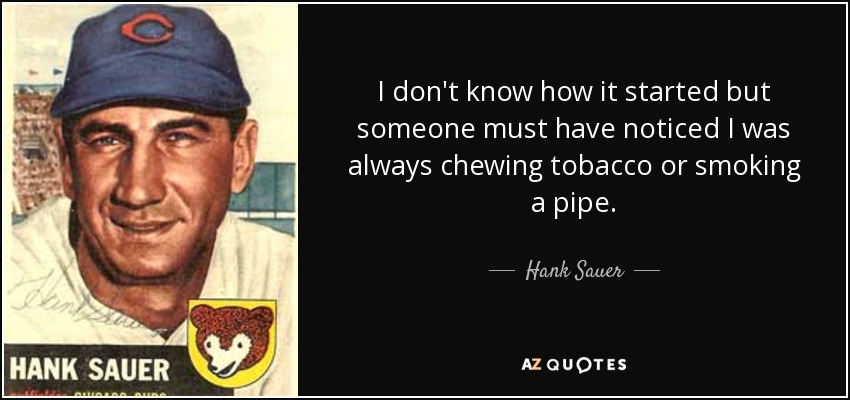
The 6’3”, 198-lb. Pittsburgh native spent 15 seasons in the major leagues (1941-1959) playing for the Reds (1941-’42, ’45, ’48-’49), Cubs (1949-’55), Cardinals (1956), and Giants (1957-’59), with time loss to military service during WWII. Primarily a left fielder, he made his major league debut on September 9, 1941 as a member of the Reds. Over his career, he batted .266 with 1278 hits, 288 home runs, and 876 RBIs. His OPS+ of 123 ranks him well above his major league contemporaries (100 being the major league average).
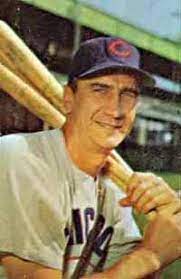
His best years came during his seven seasons with the Cubs, for whom he hit .266 with 198 homers, and 587 RBIs, including winning the 1952 MVP award. That year, the two-time All-Star hit .270 and led the league in home runs (37) and RBIs (121), to go with a .361 on-base percentage.
However, his best season was 1954, when he hit .288 and recorded career highs of 41 home runs, 98 runs, .375 on-base percentage, .563 slugging average, and a .938 OPS. A great year by any measure, but for some reason, Hank failed to crack the top-25 in MVP voting. In addition to his 37 round-trippers in 1952 and 41 in 1954, Hank also put up home run numbers of 27, 32 and 30 as a Cub.
Other career highlights: hitting a two-run homer in the 1952 All-Star game played at Philadelphia’s Shibe Park. The blast gave the National League a 3-2 win over the American League in the rain-shortened game; and hitting 30 or more home runs six times.
Also of interest is the affection shown to him by Cub fans, where he acquired the nickname, “The Mayor of Wrigley Field”:
He was well known for using smokeless tobacco, and it has often been reported that after he hit a home run, when he returned to his left field position, bleacher fans would shower him with packets of his favorite chew, Beech Nut tobacco. (1)
As is typical of most sluggers, Hank was not known for his foot speed. The Cubs’ sluggish outfield of the early 1950s was too easy of a target for satirical Chicago Daily News columnist Mike Royko to resist. In contrasting the Cubs’ outfield trio of Hank Sauer, Frankie Baumholtz, and Ralph Kiner with the Phillies’ “Whiz Kids,” Royko quipped:
“The Cubs had an outfield that was so slow they were known as the Quicksand Kids.” (2)
Whenever you take a deep look into the careers of major leaguers, invariably you’ll find something interesting. Such is the case with Hank Sauer. Seventy-one years ago, on June 11, 1952, in a game in which the Cubs defeated the Phillies 3-2, Hank provided all three runs with three solo blasts at Wrigley Field against the Phillies’ Curt Simmons. What makes this so interesting is that Sauer had done the exact same thing (three home runs in the same game against the same pitcher) in 1950, also against Simmons and the Phillies. In fact, Sauer and Johnny Bench are the only players in major leaguer history to have hit three homers in a single game twice against the same pitcher.
For those of us who never saw Hank Sauer play, we can use the Baseball Reference Similarity Scores feature to compare him to more contemporary players. Hank’s career numbers compare favorably to Danny Tartabull, Jay Buhner, Richie Sexton, Jesse Barfield, Jason Bay, and Josh Donaldson, putting Hank solidly in the “very good but not Hall of Fame worthy” category.
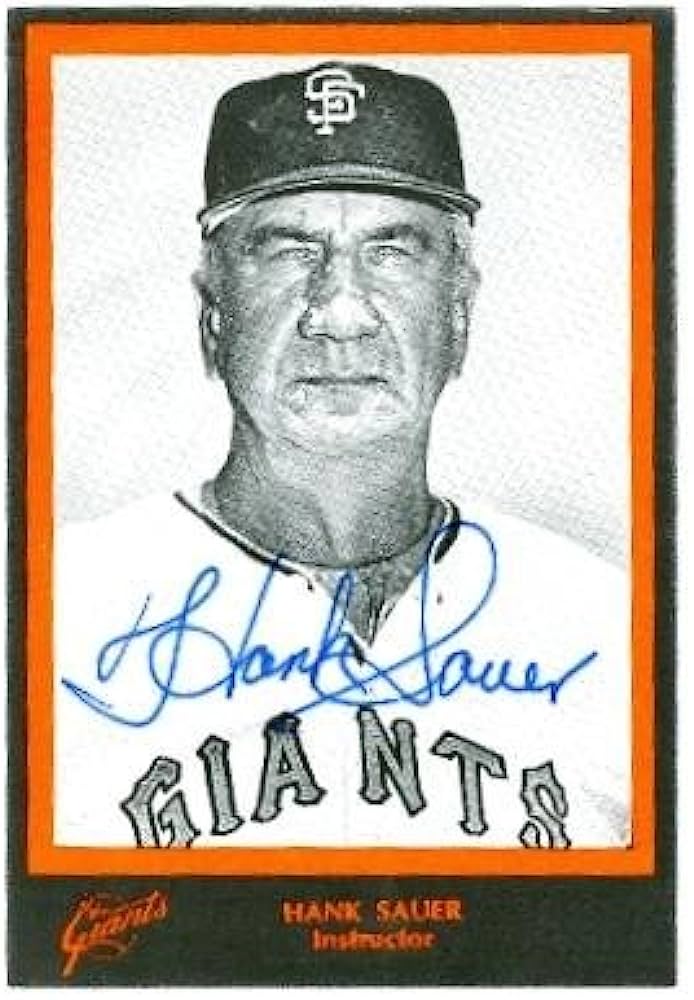
Hank played his last game on August 17, 1959, as a member of the Giants. After he retired, he became a Giants’ coach and later a long-time scout and roving minor league batting instructor for the Giants. Hank died of a heart attack while playing golf in Burlingame, California, on August 24, 2001, at the age of 84.
So today we gladly shine our baseball spotlight on a fine ballplayer from the early 1950s who is often overlooked, Hank Sauer.
Gary Livacari
Subscribe to our website, “Baseball History Comes Alive!” with over 1400 fully categorized baseball essays and photo galleries, now surpassing the one million hits mark with 1.023M hits and over 850 subscribers: https://wp.me/P7a04E-2he
Sources: Background information from Hank Sauer Wikipedia page, including quotes (1) and (2); Phil Cavarretta quote from Hank Sauer SABR biography by Jim Sargent
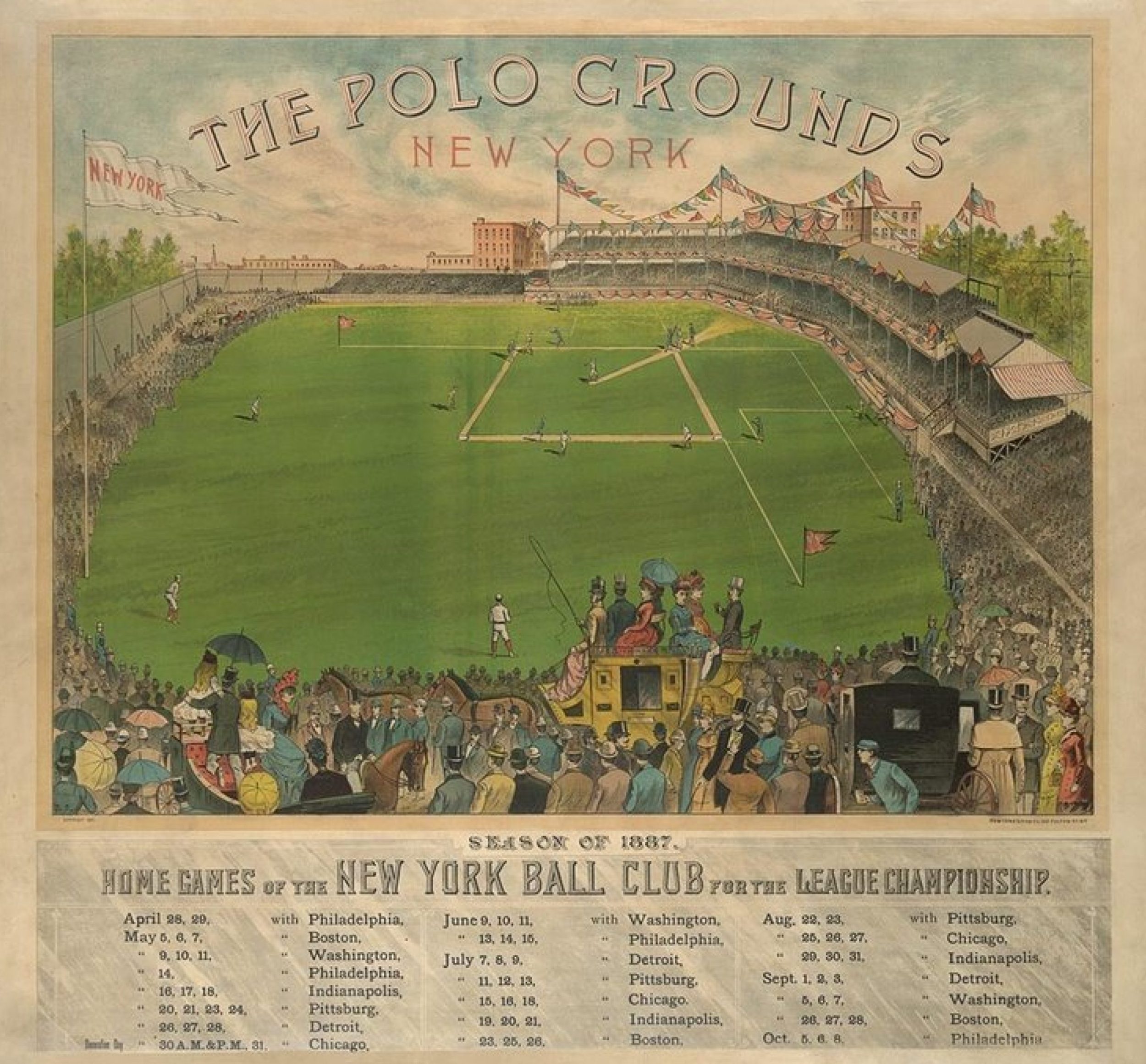
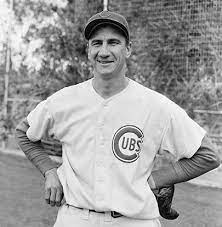
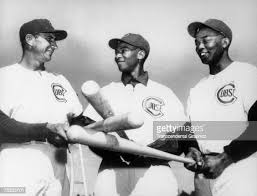
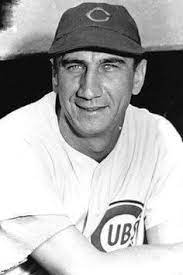
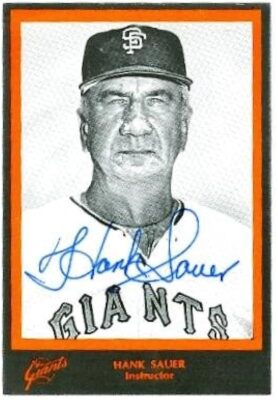
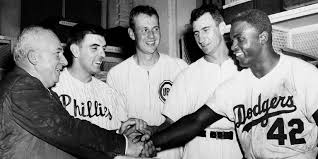
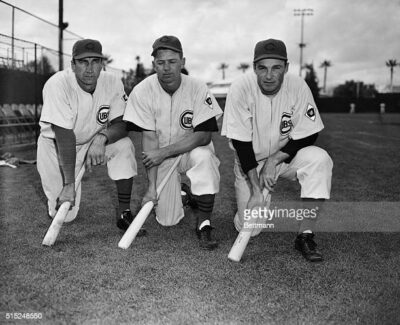
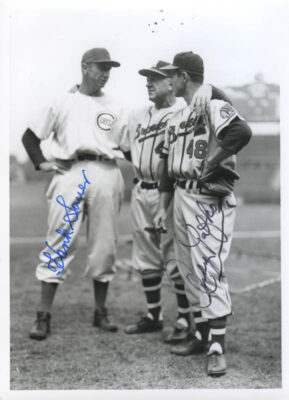
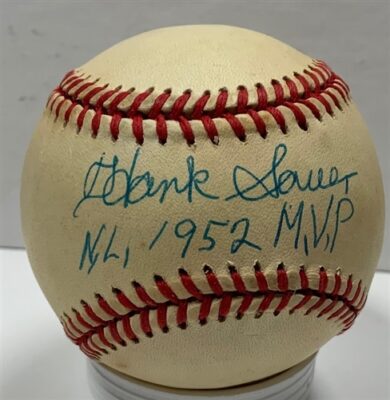
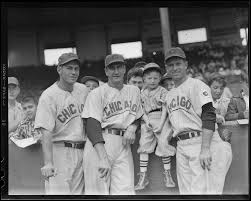
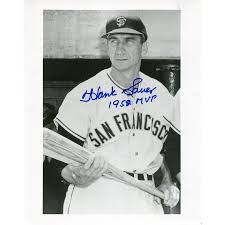
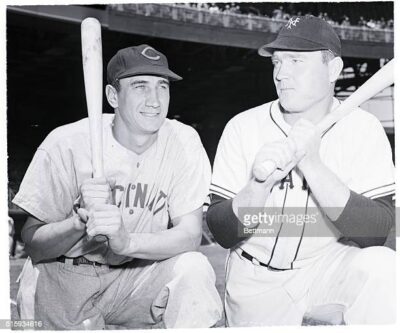
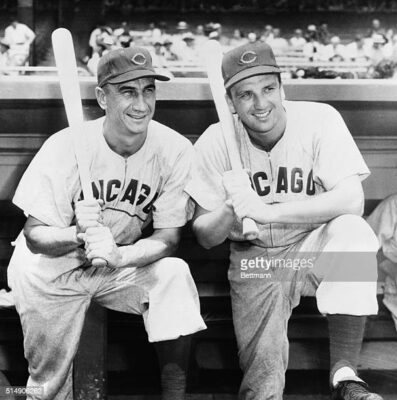
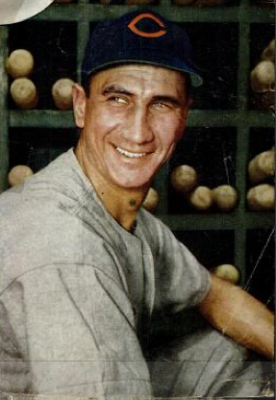
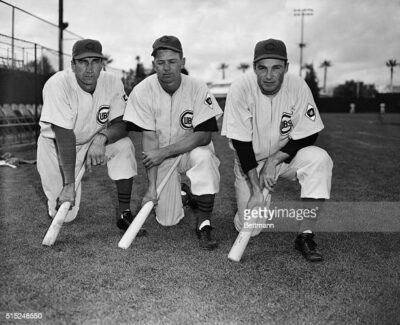
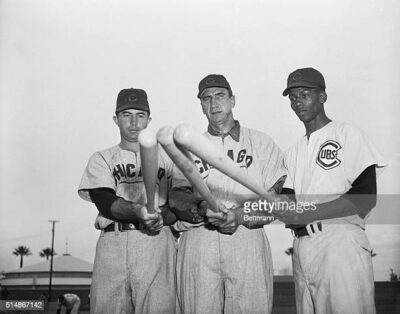

Another great story of an underrated player. I think the competition before expansion was far more intense than it is today. All those players vying for 400 roster spots really enhanced the quality of player that performed. So when rating players like Sauer you have to look at the quality of players that were around then. Sauer would be considered a stud player today commanding an astronomical contract.
Thanks Ken, I agree…
What fans don’t know…Henry John Sauer. like many players lost the first half of his career to the war but in 1947…slugged 50 homers & 140 RBI- named Minor League Player of the Year by the Sporting News — began playing full time at age 31 for Reds—won MVP award at age 35…. broke a finger in 1953 limiting his play.
As a player on Eddie Lopat’s 1953 Goodwill Tour of Japan which included five future Hall of Famers, Hank hit 12 homers (matching Babe Ruth) and slugged one towering fly ball that cleared Tokyo’s Korakuen Stadium. Traded to St. Louis in 1956 where Hank batted .298 hitting in front of his road roommate Stan Musial- but lost 50+ games after getting hit in the face by a bat during batting practice- signed by Horace Stoneham as a NY Giant in their last season at Polo Grounds—slugged 26 homers at age 40!…and named Sporting News Comeback Player of the Year (before MLB gave out award)
Compare his stats to other players of the same age and clearly Hank Sauer remains one of the best…
Great insights into a fine ballplayer…thanks!
It was so exciting to hear Bert Wilson, the Cub announcer, do the games back when I lived in N. Ind. Bert was so much fun to listen to always saying, “we don’t care who wins as long as it’s the Cubs.” Hank was sure a favorite.
Gary,
I sent you a copy of my book, That One Glorious Season. Hank Sauer’s MVP year was featured.
He got to the big leagues as a senior citizen but made the most of his time.
Thanks for highlighting him.
Rich Letarte
Thanks Rich…will look forward to it.
I first came across Hank Sauer in 1959 when I got his baseball card in a pack of Topps cards. Confused him with Hank Bauer lol. The in 1965 I found a book about Hank in my school library, but it only covered his career up to 1952. I think it was a part of an MVP Series of books. You article brought back theses memories and that is precisely what this site does; brings back fond memories. That said I quickly read about Hank’s life on the SABR Bio page and got updated on a fine man and ballplayer. Both Simmons and Hank were Pennsylvania boys. Again, thanks for peaking my interest!
You bet Kevin…glad you liked it!
Great article, Gary. I didn’t know hardly anything about Sauer until reading this, so your input was very educational. Pretty funny quote by Royko to coin “The Quicksand Kids”….hahaha. And as for Sauer hitting 3 jacks against the same pitcher on two different occasions……we know that in today’s game that would NOT happen. {Hurlers don’t stay on the bump long enough.} With all of that chew that he used, it’s surprising that he passed from a heart attack; and not a tobacco-related illness {as did Nellie Fox, Tony Gwynn, etc.} Always enjoy the BHCA content. “PLAY BALL”
Thanks Tom…glad you liked it!
“The Honker” was a powerful dude alright. He belted one off Sal Maglie at the PG that’s still going. Also remember him trotting, back to the plate, about 390ft. to the warning track in left field and waiting for a mile high drive hit by Bobby Thomson. Sauer caught it, as it must have missed the upper deck overhang by an inch!
When Hank and Ralph Kiner were flanking Baumholtz in center, they would let him catch everything within a mile of CF. Word was you could hear either one saying, whenever a fly ball was anywhere center, “Plenty of room, Frankie, plenty of room.”
Great personal reflections, TOB…Thanks!
William—great story—where did you read about this ??
Nicely done, Sir Gary! Thanks to your fine tribute here I’ve finally given up trying to figure how Dr. Sauer managed to capture the N.L. MVP Award 70 years ago. Those long-ball and runs-driven-in stats of his, particularly at age 35, help to tell the story, despite his less-than-stellar defense and the Cubs’ typically dismal finish. And, as Dr. Simeone points out, with your concurrence, Sauer was probably an under-sung hero in his time, except of course at Wrigley Field.
No, I never quite understood how the 1952 major leagues’ player-of-the-year (Robin Roberts) finished out of the money in the race for MVP that year — but The Sporting News made that call, whereas the baseball writers voted for Sauer. They also voted for Bobby Shantz, incidentally, MVP in the A.L., whose 24-and-7 record stacked up fairly comparably with Roberts’ 28-and-7, twenty-eight being the most wins of any pitcher since Dizzy Dean’s identical number in 1935.
Thanks for the opportunity to get a bunch of statistical nonsense out of my system. With all that empty noise aside, you’ve given us all new and persuasive reasons to appreciate — what’s that, Wilhelm — “The Honker”? Good job!
Best regards,
Michael
If you look at his stats, 1954 was a comparable year and even better in some categories than in 1952: BA 288 vs. .270; OBP .375 vs. .361; slugging .563 vs. .531; strike outs 68 vs. 92; home runs 41 vs. 37. Most of the other categories are pretty close. But with all those numbers, he couldn’t even crack the top-25 in MVP voting, coming in a less-than-robust 26th. One explanation might be that the sportswriters had some remorse after snubbing Robin Roberts in 1952, and this was sort of payback time. Just a thought….but there must be some explanation. This might be a case to ask my crack baseball researcher Don Stokes to crack.
I think you’ve really hit on something here Gary with your topic “Baseball’s Forgotten Stars”. Baseball has such a rich history that when you just dig a little deeper you can always find a great story to tell which you have done with your Hank Sauer essay. We all know so much about baseball’s stars, but it is fun to focus on lesser-known players as you have done here. And what a tasty bit of baseball trivial regarding the three home runs in a game twice against the same pitcher! Keep up the good work.
Thanks Steve. I’ve got an entire category of Forgotten Stars. I agree…there’s lots of interesting careers and stories from the lesser known guys, many of whom were overshadowed by the likes of Ruth, Gehrig, Hornsby, Greenberg, etc. and are now largely forgotten. That’s why I enjoy shining our baseball spotlight on them before they are totally forgotten over the passage of time.
https://www.baseballhistorycomesalive.com/category/forgotten-stars/
Gary and Steve,
’52 was the only year in his career that Hank had a dWAR of zero, which means his fielding didn’t help or hinder the team. All others were in the minus column.
Wow! You apparently know what dWar means and are not afraid to use it in a sentence! That’s impressive!
Wait…Now I get it…that must be “defensive WAR.” I’m a little slow. I’m lost once we get past “fielding percentage!”
Thanks TOB!